Powerful conservation tech tools are gathering more data in the field than ever before. But without equally powerful and effective data management and processing tools, that data - no matter how groundbreaking or interesting - will not be able to reach its full potential for impact.
Data management can sometimes seem intimidating to conservationists, especially those just getting started in the world of conservation tech or experimenting with new data collection methods. While every community member's workflow and preferred data management and processing methods may be different, this group can serve as a resource to explore what works for others, share your own advice, and develop new strategies together.
Below are a few WILDLABS events dealing with datasets collected from various conservation tech tools:
Nicole Flores: How do I get started with Wildlife Insights?
Jamie Macaulay: How do I analyse large acoustic datasets using PAMGuard?
Sarah Davidson: Tools for Bio-logging Data in Conservation
Whatever conservation tech tools you work with, and whatever your preferred data management methods, we hope you'll find something helpful and effective in this group when you become a member!
Research software engineer working in computer vision for animal behaviour
- 1 Resources
- 1 Discussions
- 13 Groups
Soil science, droughts effect of poverty, human rights advocate, wage equality in Europe, Drones in Digital Education



- 3 Resources
- 10 Discussions
- 19 Groups
- @annavallery
- | she/her
Seabird biologist experienced in research and applied conservation. Dedicated to conducting and using innovative research to inform conservation decisions.

- 0 Resources
- 2 Discussions
- 5 Groups
- @Freaklabs
- | He/Him
Freaklabs
I'm an engineer and product designer working on wildlife conservation technology.



- 0 Resources
- 302 Discussions
- 20 Groups
Natural Solutions
Computational ecologist - Engineer at Natural Solutions (France)



- 0 Resources
- 1 Discussions
- 13 Groups
- @KMucha
- | She/Her/Hers
Species360
Senior Product Owner of ZIMS for Studbooks and the SCTI Toolkit at Species360

- 0 Resources
- 0 Discussions
- 5 Groups
- @Lindakim
- | She
I am a GIS analyst in the field of conservation
- 0 Resources
- 1 Discussions
- 9 Groups
- @jenniferyu_viewdvm
- | she/her
WHIS Project Manager, Veterinary Initiative for Endangered Wildlife

- 0 Resources
- 2 Discussions
- 5 Groups
Ol Pejeta Conservancy
Endeavoring to implement tech solutions for conservation.



- 0 Resources
- 18 Discussions
- 11 Groups
Species360
Conservation & Science Communicator



- 0 Resources
- 2 Discussions
- 4 Groups
- @sarange_angwenyi
- | She/Her
Wildlife veterinarian and researcher working across Kenya. Currently leveraging technology for wildlife disease surveillance.
- 0 Resources
- 0 Discussions
- 7 Groups
- 0 Resources
- 0 Discussions
- 10 Groups
HawkEars is a deep learning model designed specifically to recognize the calls of 328 Canadian bird species and 13 amphibians.
13 May 2025
Hi together, I am working on detecting causalities between land surface dynamics and animal movement by using satellite-based earth observation data. As this is might be your expertise I kindly ask for your support...
8 May 2025
The Convention on the Conservation of Migratory Species (CMS) is seeking information on existing databases relevant for animal movement. If you know of a database that should be included, please complete the survey to...
30 April 2025
Conservation International is proud to announce the launch of the Nature Tech for Biodiversity Sector Map, developed in partnership with the Nature Tech Collective!
1 April 2025
Funding
I have been a bit distracted the past months by my move from Costa Rica to Spain ( all went well, thank you, I just miss the rain forest and the Ticos ) and have to catch up on funding calls. Because I still have little...
28 March 2025
Modern GIS is open technology, scalable, and interoperable. How do you implement it? [Header image: kepler.gl]
12 March 2025
Join the FathomNet Kaggle Competition to show us how you would develop a model that can accurately classify varying taxonomic ranks!
4 March 2025
Temporary contract | 36 months | Luxembourg
3 March 2025
Up to 48 months contract - 14+22 (+12) | Belvaux
25 February 2025
Up to 6 months internship position to work on DiMON project which aims to develop a non-lethal, compact device that, when coupled with traditional entomological traps, captures high-resolution, multi-view insect images...
25 February 2025
We are hiring for a customer support / marketing specialist.
20 February 2025
We look for a person with programming skills in R and/or Python.
4 February 2025
June 2025
event
event
event
October 2025
event
event
November 2025
September 2024
event
event
85 Products
Recently updated products
| Description | Activity | Replies | Groups | Updated |
|---|---|---|---|---|
| No, not yet. The player we attached does support slower/faster replay up to a certain precision, but I'm not sure that this will be sufficiently precise for the kind of offsets we... |
|
Animal Movement, Data management and processing tools, Sensors, Software Development | 5 months ago | |
| and a short contribution in this e-obs setup, where we used Firetail VideoSync to analyze motion-triggered camera footage: |
|
Software Development, Animal Movement, Data management and processing tools | 5 months ago | |
| So, updated the text a bit with images cropped at 100% zoom :) we are already happy with the time reductions we got, but... would like to get at least 90% time reduction instead... |
|
Data management and processing tools, Latin America Community, Sensors | 5 months ago | |
| Seems like we should include some rotations in our image augmentations as the real world can be seen a bit tilted - as this cropped corner view from our fisheye at the zoo shows. |
+13
|
AI for Conservation, Camera Traps, Data management and processing tools | 5 months 1 week ago | |
| Bird Monitoring Data Exchange is a standard often used for birds data. |
+4
|
AI for Conservation, Data management and processing tools, Emerging Tech | 5 months 3 weeks ago | |
| Super interesting work! Maybe one day you will also be able to have a career as a science fiction writer. Lot of interesting outcomes can come of this. ❤️ |
|
Acoustics, Data management and processing tools, Early Career | 5 months 3 weeks ago | |
| It's a really good question, Colleen!Ideally, I would work with two developers, or at least one developer and one other party who knows what developing an app like this would mean... |
|
Data management and processing tools, Software Development | 6 months ago | |
| Hi Lucy,I now realised it is an old thread and you most likely have already found a solution long ago but this might be of interest to others.As mentioned previously, it is... |
+5
|
Camera Traps, Data management and processing tools, Open Source Solutions, Software Development | 6 months 3 weeks ago | |
| Do you use camera traps? If so, we'd love if you could take five minutes to fill out this survey: tinyurl.com/zambasurveyWith our WILDLABS... |
|
AI for Conservation, Camera Traps, Data management and processing tools, Software Development, Open Source Solutions | 7 months 2 weeks ago | |
| Hi all! I've recently founded a company called EarthScape, which is focused on helping landowners transition to Native Plants, using... |
|
Software Development, Climate Change, Data management and processing tools | 7 months 3 weeks ago | |
| That's a really honest answer Kim! Thank you for clarifyingYou're likely not the only one. In fact it would be interesting to find out how much conservation tech use and... |
|
Funding and Finance, Data management and processing tools | 7 months 4 weeks ago | |
| Agreed. I have recently begun using SegmentAnything as a replacement for Detectron and have been very pleased. However, for a fish school I don't know how well it would do out of... |
|
Data management and processing tools, AI for Conservation | 9 months ago |
Help : Topics in Remote Sensing and Management of Protected Areas
10 January 2023 11:04am
Conservation Design Project Recruitment
19 December 2022 5:52pm
Otter video help!
5 September 2022 6:57pm
7 September 2022 6:12pm
Thank you for the response! I'm not sure how to find that out. It says MP4. Is that what you're looking for?
21 December 2022 7:46pm
Did you get any further with this Britnee?
26 December 2022 6:54pm
No, I was never able to figure out how to send these to anyone on here. I was hoping to learn how to clear these videos up if possible!
Job: Software Engineer at Benioff Ocean Science Laboratory
19 December 2022 7:59pm
Upcoming PAM & R Ocean Science Courses
16 December 2022 3:27pm
Join NASA’s harmful algal bloom ML challenge and win prizes!
15 December 2022 7:56pm
ONLINE TRAINING: Project Planning for Wildlife Conservation
15 December 2022 7:11pm
How could your work on data management be made easier?
14 December 2022 12:10am
Workshop Invite: Building Partnerships between Conservation Tech and the UK Space Sector
22 September 2022 3:50pm
5 December 2022 3:10pm
Hi Steph,
If it's not too late, I'm very interested in this workshop.
Best,
V
6 December 2022 5:52pm
Hey Vance! We hosted the workshop a few weeks ago, but we're doing follow up calls and future meetings. I'll loop you into the next call!
Steph
12 December 2022 12:03am
Hi Steph. Would be interested also.
Senior Software Engineer
9 December 2022 5:01pm
New: Satellites for Biodiversity Award
5 December 2022 2:08pm
Webinar: Cloud Computing for Biodiversity and Nature-Based Solutions
2 November 2022 8:09pm
Data mgmt for Passive Acoustic Monitoring best practices?
14 September 2022 8:35pm
15 September 2022 4:20pm
Hi Alex--
The first thing I'd suggest you think through is how much data you have vs how much data you are currently working on. Because if you have data from previous years that you want to ensure you're storing securely and reliably but don't need immediate access to in order to run analysis on, that opens up some options. You can compress data using lossless algorithms like FLAC, where the compression ratio varies but 50% is a pretty good margin, and then convert back to WAV if necessary for reanalysis. Compressing using MP3, OGG, AIFF, or other compression algorithms is an option that saves even more storage space but you will lose information in ways you wouldn't with FLAC--it depends on your specific needs.
I'd also recommend setting up a RAID array (RAID = "Redundant Array of Inexpensive Disks"). This offers some additional security in event of a drive failure. A lot of folks who do video editing, probably the most similar use case to people working with acoustic data who also lack the institutional support of a large company or university IT department use a local NAS enclosure like https://www.qnap.com/en-us/product/ts-433 that are designed for just this purpose. Some higher initial startup costs than just buying individual USB hard drives but that does come with some perks including additional reliability and can be faster to read data depending on the exact drive specs and your local networking setup.
There are also low-cost cloud storage services like Amazon's Glacier. However, getting these set up can be a little bit tricky and they are not particularly responsive (for example, if you upload data to Glacier, it will be very safe, but getting it back if you need to use it again can take a few days depending on the dataset size).
19 September 2022 1:58am
Hello Alex,
My information might not be that helpful to you, still, our organisation have an Enterprise license of AWS cloud and we store all our media files (video, pictures, audio etc.) there. We are also using a media management solution, Piction, thru which we upload the files into the S3 bucket and in the process it also captures the file metadata (some of the metadata values needs to be entered manually). This is useful to search the files if someone wants to view or process the file later. We are soon deciding on the file storage configuration so that old files will move to cheap storage like AWS Glacier, which will take a maximum of a week time to retrieve it.
Jitendra
28 October 2022 4:19pm
Hi Alex,
I'd go much further along the lines that David @dtsavage sets out. Before jumping to implementations, better think through why you want to keep all that data, and for who? From your question, it appears you have at least three purposes:
1- for yourself to do your research
2- for others to re-use.
3- for yourself to have a back-up
For 1) you should do what works best for you.
For 3) use your organization's back-up system or whatever comes close to that
For 2 and 3) As you are indicating yourself : deposit your data at your nation's repository or zenodo.org if your nation doe not have one. It may be some documentation work ( which is what you should do anyways, right? ), but then you can stop worrying about holding on to it. Someone else is doing that for you and they do a much better job - because it is their job. Moreover, you increase the chance that other will actually become aware of all that data that you are sitting on by putting it into a repository. Who is otherwise going to find out and how that you have those disks on your desk? Lastly, depositing your data can also serve as a back-up. If you don't want to share it before you've published about it, there is likely the option of depositing under time-embargo or of depositing while requiring your consent for any re-use.
You ask how many people actually do this? You can find the answers at the repository, but I suggest that what matters most is whether you want to for your own reasons, and whether your funders, or organization's funders require it.
Shark Lab Data Analyst
24 October 2022 7:12pm
Software to aid acoustic sound files visualization/labelling + Software to syncronize video/acoustic sonograms
23 September 2022 1:01pm
8 October 2022 12:44am
I would also recommend Arbimon. It is well set up to handle Audiomoth recordings. Being cloud based, you will need a good internet connection for sound file upload. I'm just starting to investigate its use for Song Scope recordings. Setting up the call recognisers will be a slow process, but they can be made available to all users once done.
8 October 2022 7:33am
You could try using a video editor like DaVinci for looking at your video and audio together. I don't think DaVinci displays sonograms by default (just waveform) but I think it will open your selected audio in an external editor which would allow you to see the sonograms and make measurements with something like Audacity or Kaleidoscope.
20 October 2022 11:01am
The open-source program Audacity can show the spectrograms and histograms and has quite a lot of other useful features, e.g. playing ultrasound calls slower, so it can be heard by people.
GIS & Data Science Specialist, Island Conservation
14 October 2022 12:02am
Enterprise Data & Information Architect
11 October 2022 12:12pm
Data Engineer
11 October 2022 11:35am
Multi-SD card reading hubs
2 October 2022 3:46am
4 October 2022 2:04am
Good point and nice link. My USB 3.0 (errr USB 3.1 Gen 1) portable HDD gets a real read speed of 133 MBps or ~1Gbps. The theoretical max is 5 Gbps but I think the speed is limited by processor used by the HDD/USB bridge controller. Most SD card readers may be more limited even if the SD card can handle higher data rates. That may be why it could be best to just use the multi-port device from SanDisk.
7 October 2022 4:35pm
Jamie,
I have been using a 12-card Lexar Professional Workflow system for several years to process images from 24 trail cameras. The system has 4 bays, with 3 card readers per bay. I wrote software to automatically download and rename the images using metadata read from the info banner burned into the images by the camera. (Alternatively, the software can use the Exif metadata attached to the image.) The software is described in a recent Wildlife Society Bulletin:
The software is available on github:
GitHub - hiltonml/camera_trap_tools: Tools for managing camera trap time-lapse recordings
Tools for managing camera trap time-lapse recordings - hiltonml/camera_trap_tools
Don't be put off by "time-lapse recordings" - it works on still images also.
Regards,
Mike Hilton
8 October 2022 12:22am
Have a look at @tessa_rhinehart 's TechTutors on scaling up acoustic surveys. This is addressed at 11 min:
The "hexadecapus" is the hardware, but transfer is automated by naming the SDCards prior to use and scripts take care of the transfer. The scripts may be written up in the audiomoth guide but the kitzes lab have this on github (although it may be mac specific)
GitHub - kitzeslab/sd-transfer: Find mounted SD cards and do a data transfer to a local or Globus destination
Find mounted SD cards and do a data transfer to a local or Globus destination - kitzeslab/sd-transfer
Frontiers Symposium: Digital tools for reversing environmental degradation
5 October 2022 10:23am
Interest in an "IT for Ecologists" webinar/manual?
4 October 2022 1:24am
4 October 2022 1:42pm
Next WILDLABS virtual course?!? :)
4 October 2022 9:55pm
Agreed that this would be super useful! It definitely would have served me well in undergrad when I was trying out some AI camera trap image analysis and ended up having to build my own system from scrap pieces in a professor's gear closet, ha. Just some basic understanding of what would be required from a system for that kind of work would have saved me a lot of time and chaos. Some kind of guide or course that covers what to be thinking about depending on your data and goals would be awesome
Conservation leadership: Learning
4 October 2022 2:29pm
ONLINE COURSE: Monitoring and Evaluation for Wildlife Conservation
4 October 2022 2:04pm
ONLINE COURSE: Project Management for Wildlife Conservation
4 October 2022 2:00pm
18 Sustainability Job Opportunities at Google
3 October 2022 7:09pm
NHM develops new data platform with AWS: The Data Ecosystem
3 October 2022 6:09pm
Conservation Tech Directory - new update!
29 August 2022 2:38pm
23 September 2022 5:26pm
Congrats on the milestone Carly and Gracie!
26 September 2022 10:07pm
Thanks so much!!
Ecological Forecasting Initiative's data analysis webinar series
26 September 2022 6:50pm


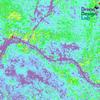













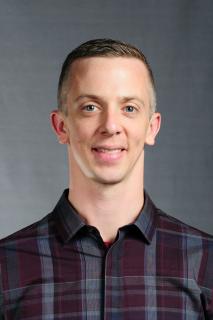



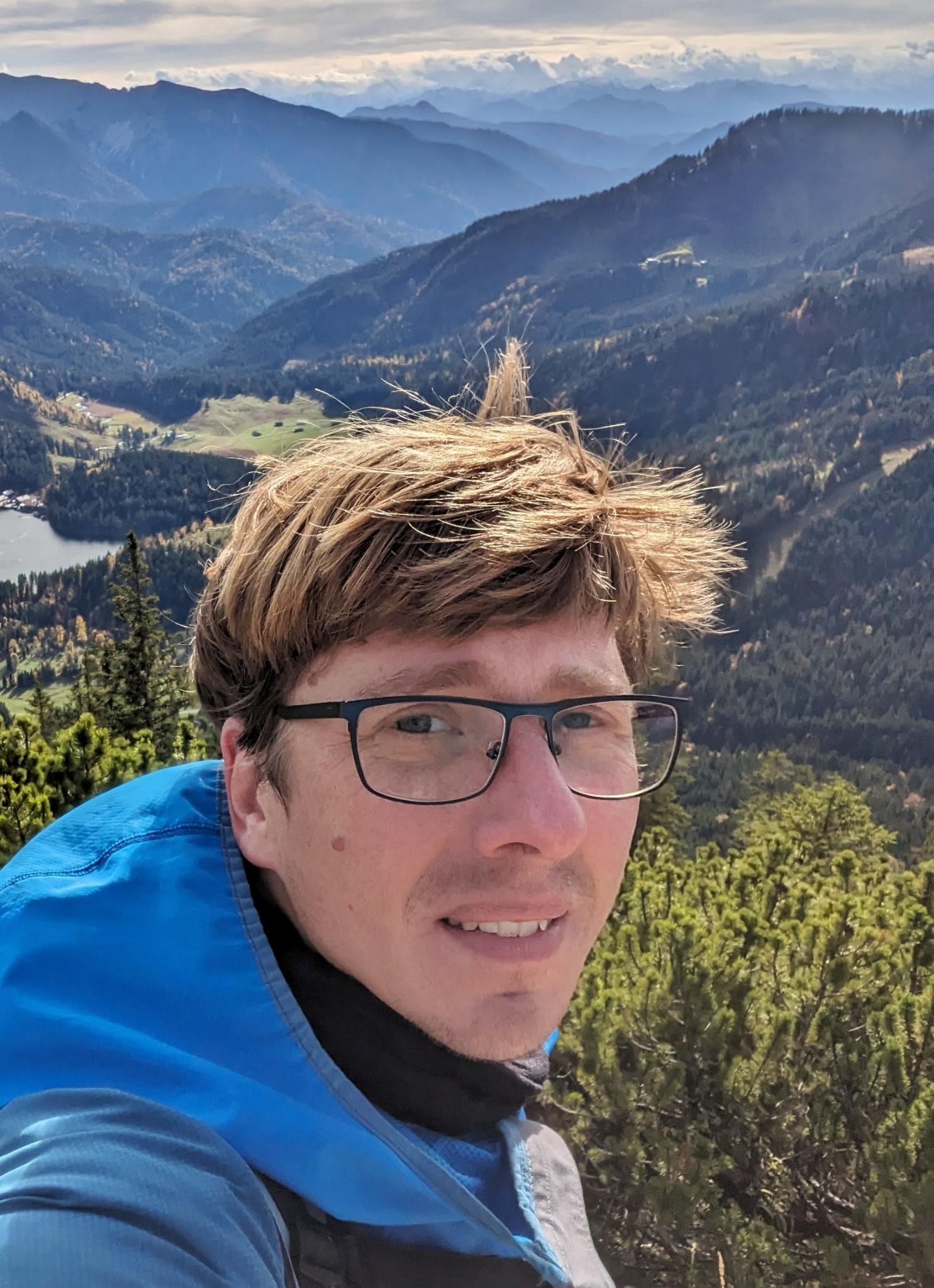












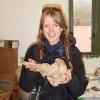



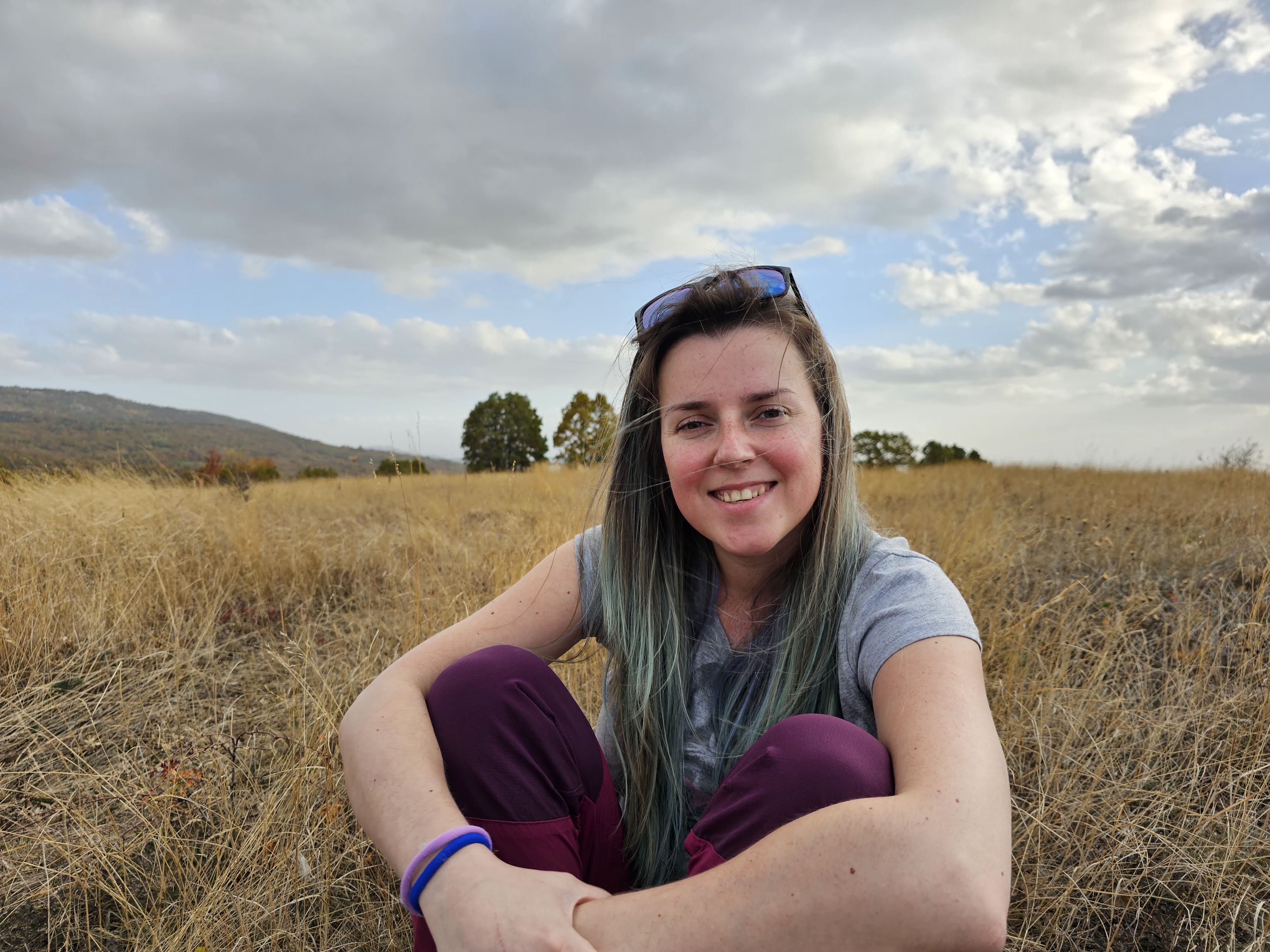






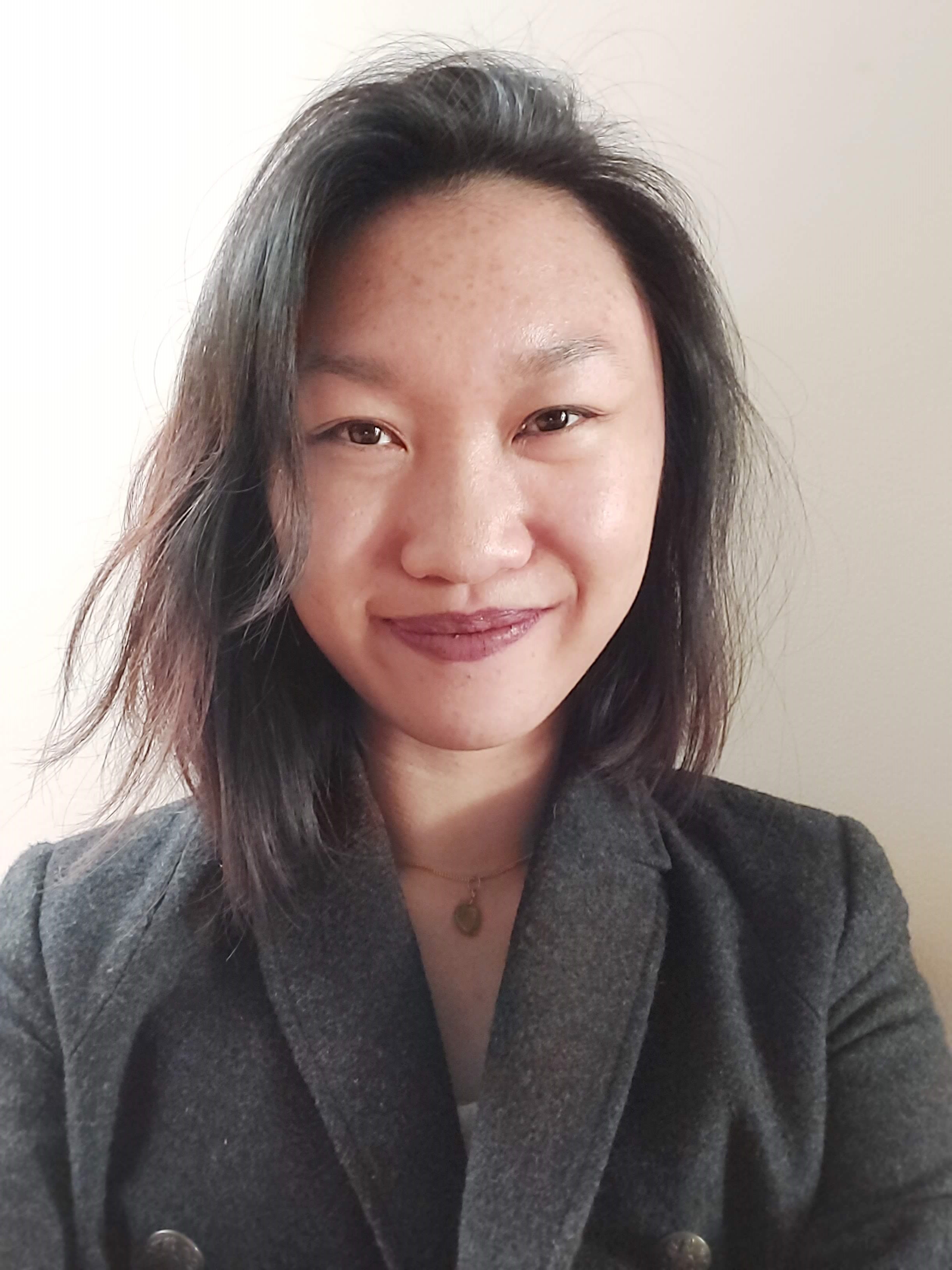



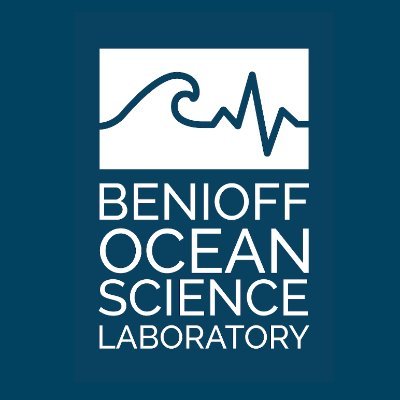
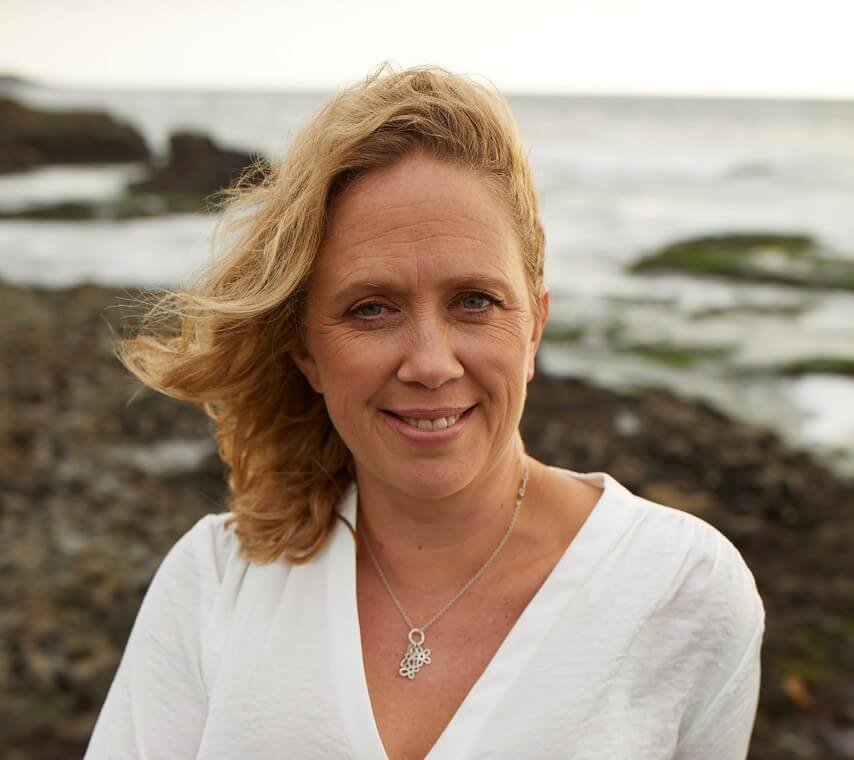






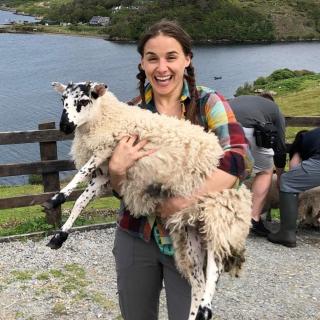
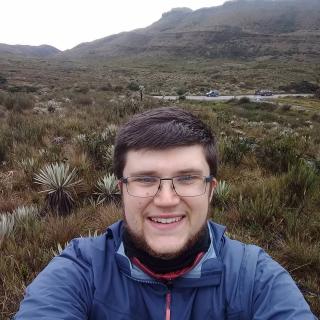




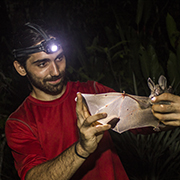








4 January 2023 10:48am
intrested.